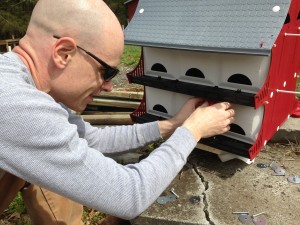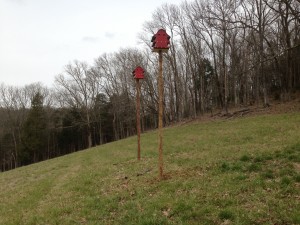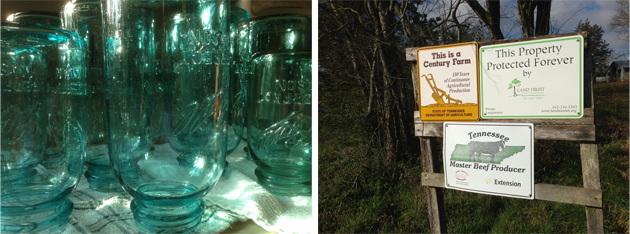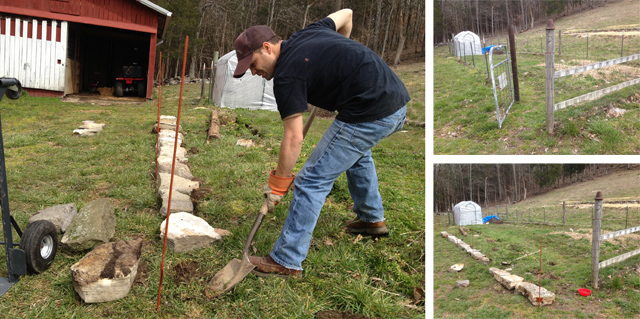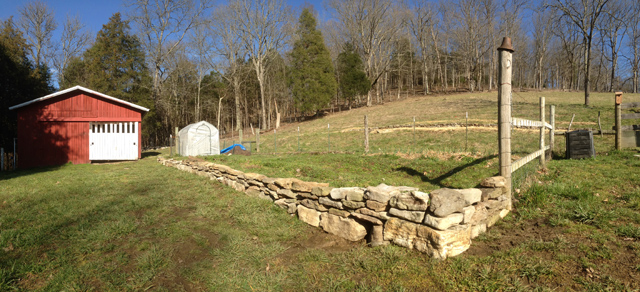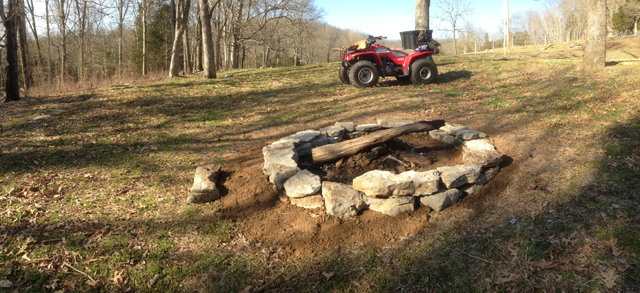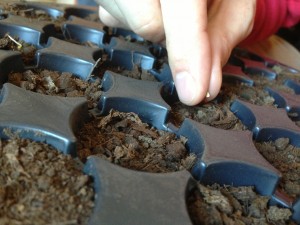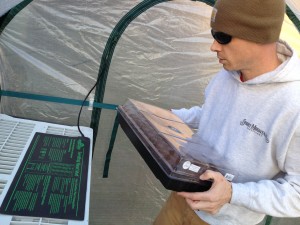Right before it rained yesterday, we set up the two 16 family Purple Martin houses in the orchard. With any luck we’ll get a few to hang around with us this year. The birds of Half Hill Farm will eat literally thousands of insects a day this year, far more than we can kill with pesticides. They won’t catch everything, but birds play an important part in the balance of life on the farm.
Besides the Purple Martins we hope to host, we also have four bluebird boxes, but there are other birds I’ve noticed working the property.
- Northern Flicker: There are about 20 of these beautiful woodpeckers feeding on ants and beetles in the grass. As you walk through the property, you can see their yellow undersides and distinct white spot on its tail as the fly ahead of you.
- Yellow-rumped Warbler: several were here in February appearing to eat juniper berries.
- Cedar Waxwing: These are beautifully colored birds that ate lots of juniper berries in late January and early February.
- Wild Turkey: We’ve seen a flock with as many as 30 slowly walk through the property. Like the Crows and Bluejays, I don’t know if they’re up to any good.
- Eastern Phoebe: These cute little birds do acrobats and live under the deck on a diet of a few hundred flies a day.
- White-breasted Nuthatch: We think it likes a piece of cardboard in the compost pile, but it’s the only one we’ve seen. It can walk on the underside of things.

